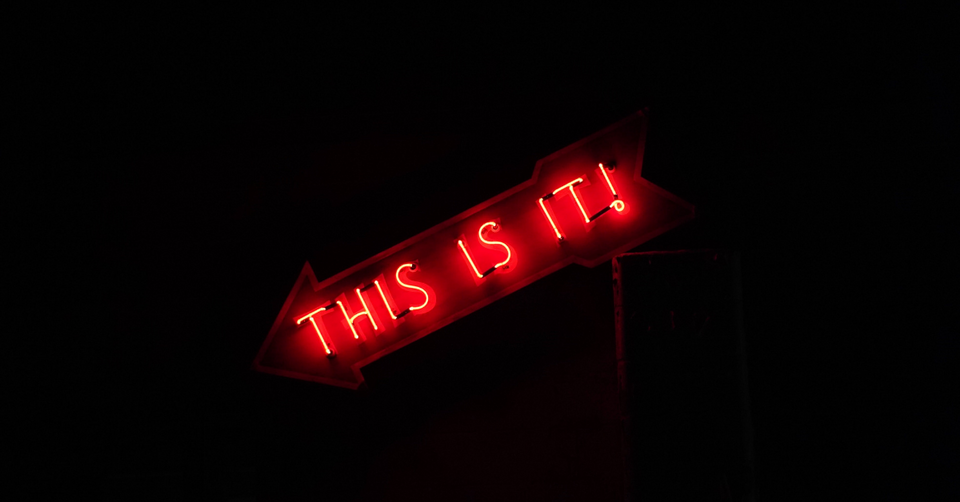Simple but effective branding advice from 5 marketing giants

Mark Ritson. Les Binet. Peter Field. Adam Ferrier. Byron Sharp.
What do I know about branding? Compared to this lot, not much. But that’s ok, because they're all teachers and we can explore their lessons.
Know your brand
Mark Ritson says that if your business does under $5 million in annual revenue, you should have no more than one brand to market. I agree. I’ve been on teams where we struggled with this decision of having a House of Brands or a Branded House. In each case, we were too small to really consider being a House of Brands, so it was a waste of time even trying to plan out what each would look like.
When you’re smaller, strategy is very different from what the big players are doing.
All that said, it’s still important to know your brand. I believe that even the local dentist and her team should have a brand guide that they’re all familiar with so when they communicate with anyone on behalf of the business, it’s done in a brand-consistent way.
There’s nothing more confusing than trying to find a business based on the look and feel you know only to find them hiding in different colors, fonts and messaging.
McDonald’s undertook a global store refresh a decade or so ago, but I bet you never once had trouble finding a store. The Golden Arches were always a part of the branding at each location, no matter that the slanted red shingled roof was replaced with a boxy, grey shipping-container-modern look.
The best brand guidelines are the ones most easily understood. Ask yourself:
- What are our colors (pick 3)?
- Which fonts do we use when we control the type (pick 2-3)?
- What kind of tone do we take with customers?
- What is our logo and when should we use it (all the time)?
Listen to your brand
Adam Ferrier’s Stop Listening to The Customer and Start Listening to Your Brand resonated with me. If you listen to the customer all the time, you hear what that customer tells your competitors, too.
And because you hear the same feedback as your competitors, your products and services start to look and feel similar to your competitors. When the whole world looks vanilla, why not be chocolate?

If you understand what your brand means and how it should deliver on the promises it makes, stay true to your brand. Your customers will thank you for it.
In the long run, branding is all you’ve got
Les Binet and Peter Field came up with this idea that there are long plays and short plays. Long plays build your brand and make you money in the long run. Short plays increase sales sooner than later and pad your current stats.
If you use a mix of long and short plays -- and do them both reasonably well -- you will make a lot of money now and in the future.
In the long run, your brand is all you have. Short plays like advertising focused on sales activation spike revenue now, but much of that revenue will be attributable to the long play you've used to build your brand awareness.
This is an oversimplification. If you want to dive into the details, check out Les Binet's and Peter Field's research.
Customers play the field and that’s ok
You’re not in a monogamous relationship with any of your clients or customers. That may make you feel awful inside. Maybe a little jealous of the business down the street who also gets to take your clients out to lunch.
But don’t stress it, because being a consumer is to be loose and in a forever open relationship with many, many brands. Byron Sharp, in his book How Brands Grow, shares research into how much consumers shop around. It’s a lot!
Your customers also buy from your competitors. This might make you feel like all the time, money, and energy you've spent building your brand was a waste. It's not. Your branding brings customers back.
But don’t fool yourself into thinking that brand loyalty means monogamy.
Sharp argues that brand loyalty doesn’t exist, but I push back on that idea. Looking a the same research, I can see how brand loyalty can be measured in shades of grey. Buyer loyalty is about which brands are purchased more often, relative to other brands. So if your customers come back to you more often than they do your competition, you’re winning.
Your branding belongs in all of your content. You must reinforce to your loyal customers that you’re here and you’re active and you want their business. Sure the other guys exist, but you’re still here delivering massive value. Your brand is how you demonstrate that.
How to stay consistent with your branding (it’s simple really)
If you know your brand, this is easy. In your content, including the videos you’re going to make, include brand assets like your logo and your colors.
Make every piece of content with brand in mind and be sure that it sounds like you and your business.
If it’s written content, make sure it sounds like your brand. If it’s video, make sure your logo is on screen. If it’s audio, make it sound like your brand and mention your business name and where people can find you. In all things, be on brand as best you can.



